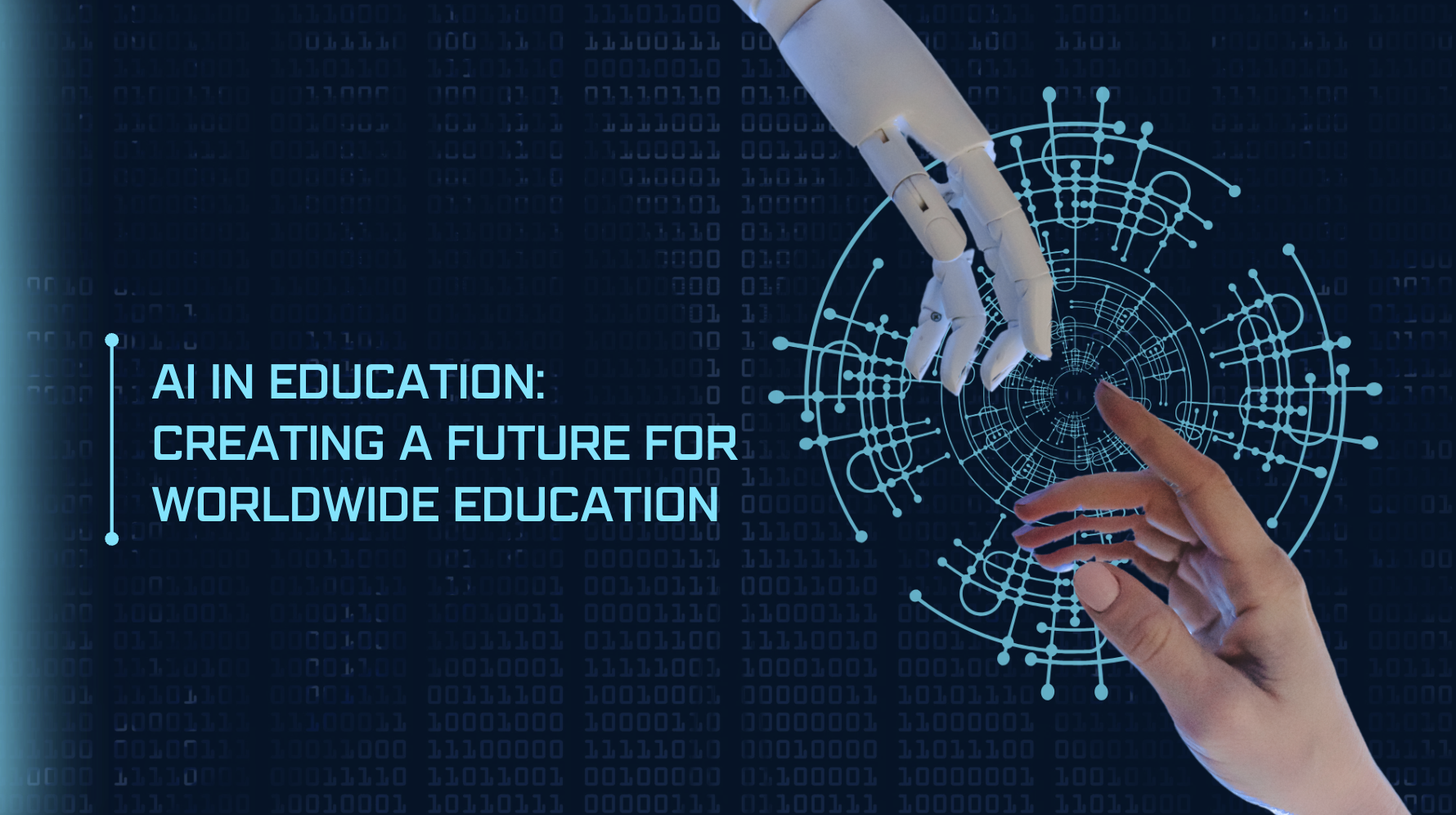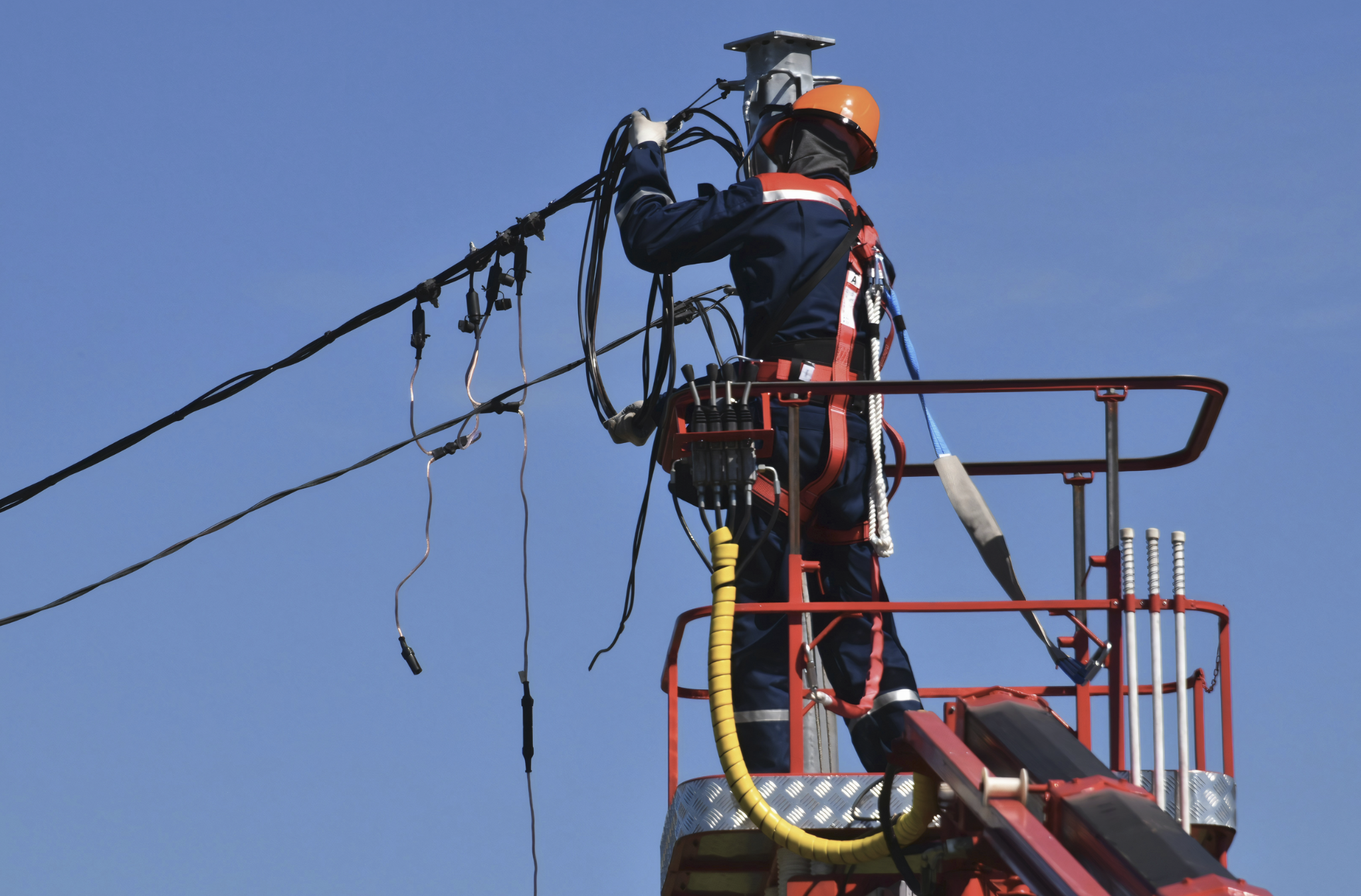AI in the Classroom: Shaping the Future of Global Learning

Table of Contents
Imagine a classroom not confined by four walls, where learning is not just a transfer of knowledge but a journey tailored to each individual’s curiosity and pace. In this realm, AI becomes more than just a tool. It becomes a companion, helping to unlock the boundless potential of minds worldwide. This portrayal of education, previously only found in the realm of science fiction, is now materializing as a concrete reality, transforming our perception of learning.
In the innovative landscape of AI in education, we’re witnessing a significant transformation in how learning is approached, promising a brighter future for students everywhere. This shift turns the typical student plea to do my assignment for me into a broader call for custom-tailored educational support and guidance.
Unveiling the AI Revolution in Education
The incorporation of AI in education goes beyond complex algorithms and data. AI in the classroom combines the best of human understanding and machine intelligence, creating a powerful combination of empathy and efficiency. This partnership sets the stage for an empathetic, tailored, and efficient learning experience, ensuring that every student feels acknowledged, listened to, and appreciated.
Transforming Pedagogy and Curriculum
The capacity of AI to tailor learning experiences is its most consequential influence on the field of education. More personalized, AI-driven educational experiences are replacing more generic, one-size-fits-all approaches.
By analyzing students’ strengths and areas for improvement, AI algorithms help teachers personalize their lessons. This customization guarantees that every student gets their lessons in the way that works best for them, which could lead to higher levels of engagement and comprehension.
Bridging the Global Educational Divide
When it comes to democratizing education on a global scale, AI is a ray of hope. Educational opportunities vary greatly among regions. Many children and youths from poor and middle-income nations were not in school as of 2022, with over 244 million being listed by UNESCO. Artificial intelligence provides a game-changing answer to this problem.
By leveraging AI, we can make high-quality learning resources accessible to people from all walks of life and all corners of the globe. This level of education is accessible to students in less fortunate or rural locations, just as it is to those in wealthier metropolitan areas. For example, educational platforms driven by AI are getting better at simplifying difficult topics so that students with different levels of background knowledge may understand them.
AI is revolutionizing education by leveling the playing field so that people of all backgrounds and income levels may get a top-notch education. This will lead to a more educated society.
AI’s Multifaceted Role in the Classroom
- Enhancing Teacher Efficiency
AI does not intend to supplant educators, but rather to supplement existing skills. AI allows educators to engage with students and create new ways of teaching by automating mundane but necessary activities like taking attendance and grading. AI tools can assist educators gain vital insights about their students’ progress, allowing them to pinpoint specific areas where pupils might benefit from further support.
- Creating Interactive and Immersive Learning Environments
AI is redefining classroom interactions through interactive and immersive technologies like AI-driven simulations and virtual reality (VR). These tools make learning more engaging and effective, allowing students to explore complex concepts in a hands-on, experiential manner. For instance, a biology student can virtually dissect an organism, or a history student can ‘visit’ ancient civilizations, making learning more dynamic and enjoyable.
- Facilitating Continuous and Adaptive Learning
In order to ensure that each student is learning at their own speed, AI systems may track their progress in real time and modify the level of difficulty and introduce new subjects accordingly. Students are kept engaged and challenged without ever feeling overwhelmed by this adaptive learning strategy. It also makes it possible to spot areas of weakness in terms of knowledge acquisition and provide specific interventions to fill them.
Navigating the Challenges of AI in Education
There are several obstacles to incorporating AI into the classroom, despite the many advantages it offers. Ensuring fair access to technology, addressing issues related to privacy, and training educators to effectively use AI are significant hurdles. Moreover, there’s a risk of over-reliance on technology, which could potentially diminish the human element vital in education.
| AI Application in Education | Context/Use Case | Specific Impact on Learning |
|---|---|---|
| Adaptive Learning Platforms | Tailoring coursework to individual student’s learning pace and style | Enhanced understanding and retention through personalized education paths |
| AI-driven Analytics Tools | Monitoring student performance and providing real-time feedback | Early identification of learning gaps and customized support strategies |
| Language Processing and Translation | Assisting non-native speakers and students with language barriers | Improved accessibility and comprehension of educational materials for diverse learners |
| Educational Chatbots | Providing 24/7 assistance and tutoring in various subjects | Increased student engagement and continuous learning support outside of classroom hours |
| Predictive Analytics | Predicting student outcomes and identifying at-risk students | Proactive intervention strategies to improve academic success rates |
Preparing for an AI-Enhanced Future
As we move forward into a future where AI plays a bigger role in our everyday lives, the field of education is experiencing a notable shift. This shift requires not only a grasp of AI but also a well-thought-out plan for using its potential.
Developing a Tech-Savvy Workforce
Integrating AI into classroom settings transcends the mere enhancement of lesson quality. It’s about equipping students with the skills to not only use technology but to innovate and build it themselves.
In an era increasingly dominated by AI, it’s crucial that AI education becomes a fundamental part of school curricula. This approach ensures that students are not just passive consumers of technology but active contributors, ready to thrive in a society where AI plays a central role.
Ethical Considerations and Responsible Use
As we embrace AI, we must evaluate the ethical ramifications. Ensuring that AI in education does not propagate biases or inequality is critical. Developing rules for responsible AI use in education is critical for protecting students’ interests and fostering a fair, inclusive learning environment.
Continuous Learning and Adaptation
The field of AI is constantly evolving. To keep up with technological changes, educators and learners must continue to study and adapt. Educators must have the necessary tools and skills to effectively integrate AI into their teaching techniques.
Conclusion
AI in the classroom is not a distant future. It is a quickly evolving reality. It has tremendous potential to reshape global learning by providing individualized, engaging, and inclusive educational experiences. However, managing this AI-driven educational landscape necessitates a rigorous examination of the problems and ethical consequences.
Responsible AI adoption holds the key to unlocking AI’s full potential for enhancing educational opportunities and laying the groundwork for a future when AI is intrinsic to daily life. Everyone from teachers to students to lawmakers to techies is pitching in on the effort to bring AI into the classroom. By working together, we can make AI a part of the future of education worldwide, enhancing learning, closing achievement disparities, and opening up exciting new opportunities.






